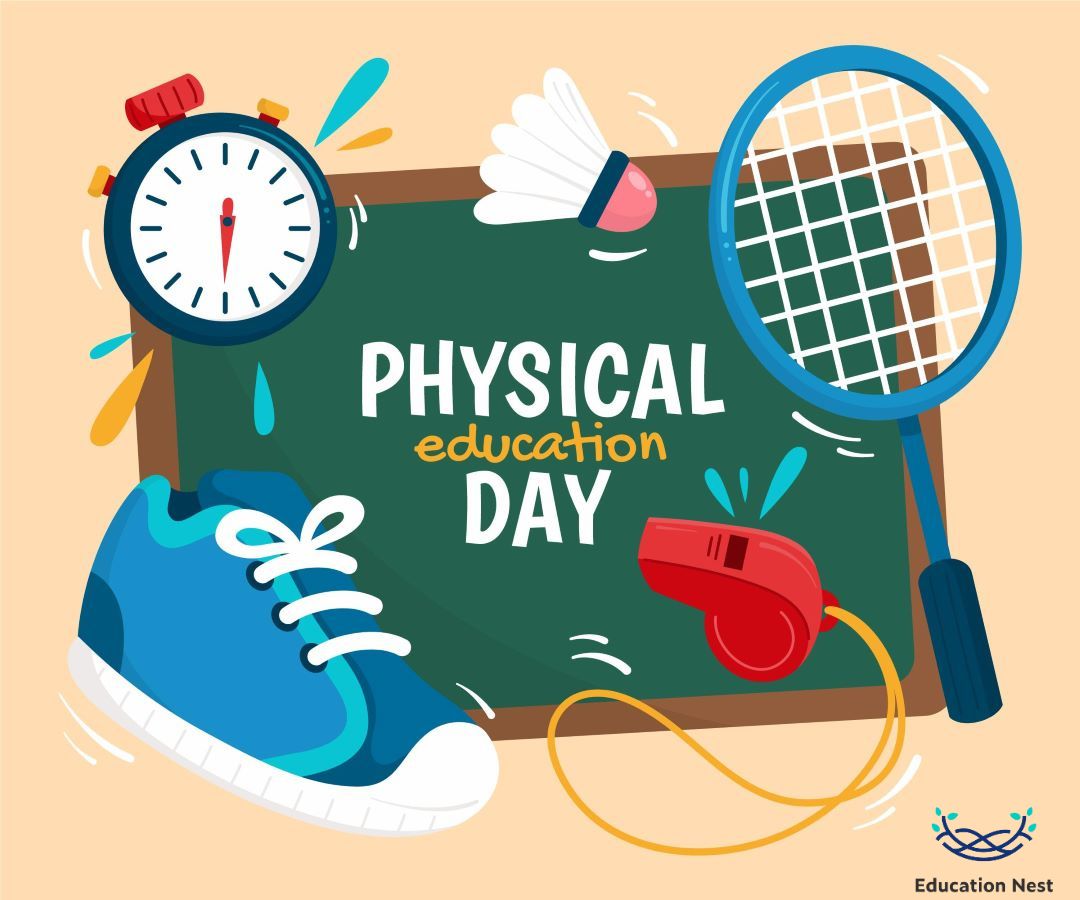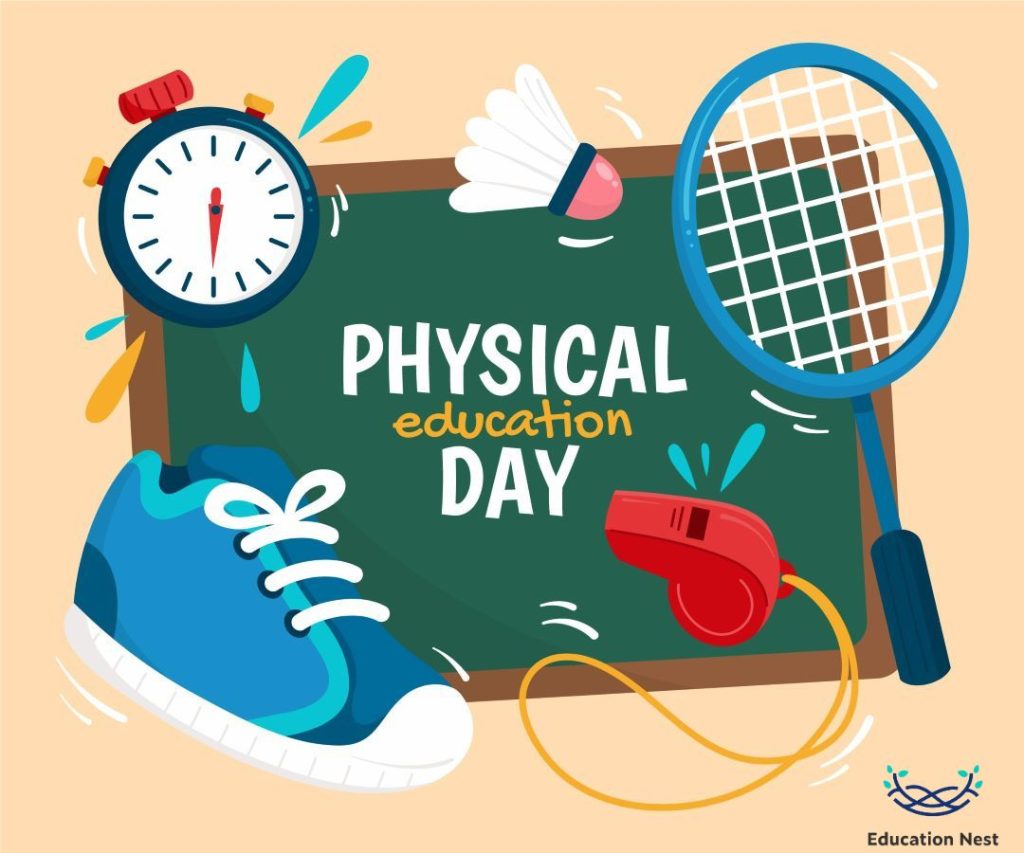
Physical education, often abbreviated as PE, is an important part of a child’s education. PE aims to develop physical fitness and skills while encouraging lifelong healthy habits.
This blog will discuss:
- What is Physical Education?
- Why is Physical Education Important?
- Benefits of Physical Education
- Integrating Physical Education in Schools
- Making PE Fun and Engaging
- What is Physical Education?
Physical education is the teaching of physical activities and exercise. It is an academic subject that focuses on developing physical fitness and skills. PE classes teach children a variety of sports, exercises, and physical activities. The goal is to encourage lifelong fitness through exercise and sports. From a young age, PE aims to instill the importance of physical health and wellbeing.
PE classes are a component of a school’s curriculum. They are conducted during school hours as part of the daily or weekly schedule. PE teachers instruct students on exercise techniques, sports skills, teamwork, and safety practices. Classes often begin with warm-up exercises followed by skills practice and gameplay. They may be held indoors in a gymnasium or outdoors on a field or court. PE equips students with the knowledge and skills to live an active, healthy life.
Why is Physical Education Important?

There are many reasons why physical education is a critical part of every child’s schooling:
- Improves Physical Fitness:
PE class provides an opportunity for students to be active and improve their cardiovascular health, flexibility, muscular strength, and coordination. Physically fit kids have stronger muscles and bones, improved balance and posture, and reduced risk of health problems.
- Teaches Lifelong Exercise Habits:
Starting PE early in life helps instill healthy habits. Students can develop workout routines and understand how exercise benefits the body and mind. This establishes lifelong fitness as a priority.
- Provides a Break from Academics:
PE class gives students a much-needed mental and physical break from their other studies. Exercise helps increase blood flow to the brain and relieves stress. The break makes kids more alert and focused when they return to academics.
- Develops Sports Skills:
Students learn the proper technique for various sports and athletics such as soccer, basketball, volleyball, gymnastics, track and field, and more. PE class allows them to safely develop these sports skills.
- Promotes Social Skills:
PE provides a fun environment for students to interact, communicate, cooperate with others, and build camaraderie. Team sports teach valuable social skills like teamwork, leadership, and sportsmanship.
- Teaches Valuable Safety Lessons:
Proper technique, stretching, hydration, concussion awareness, and injury prevention are covered. This ensures kids stay safe on the playground and in sports.
The many physical, mental, and social benefits make physical education an essential part of a child’s school curriculum.
Benefits of Physical Education
Many studies highlight the short and long term benefits of physical education:
- Improves Academic Performance: Exercise enhances learning and memory. One study found that students who had daily PE exhibited better memorization, concentration, and classroom behavior.
- Develops Stronger Bones: Weight-bearing activities like running or jumping rope stimulate bone growth. PE helps build peak bone mass during childhood to prevent osteoporosis later in life.
- Reduces Risk of Obesity: Regular exercise prevents obesity in kids and the associated health risks like heart disease and diabetes. PE class provides an outlet for physical activity.
- Lowers Risk of Chronic Illness: Active kids have a lower chance of developing chronic health problems like cancer, high cholesterol, hypertension, anxiety, and depression.
- Promotes Lifelong Fitness: Students carry the exercise habits they learn in PE throughout life. This leads to a longer, healthier lifespan.
- Boosts Self-Esteem & Mental Health: PE builds confidence as kids accomplish goals and improve their physical abilities. Exercise also releases endorphins to elevate mood and reduce stress or anxiety.
- Teaches Valuable Life Skills: PE reinforces listening skills, leadership, resilience, problem solving, and self-discipline – skills that serve students inside and outside the classroom.
The wide range of mental, physical, and social benefits make a compelling case for quality PE in every school.
Integrating Physical Education in Schools
Here are some tips for schools to effectively incorporate physical education:
- Require PE: Make PE a mandatory component of the curriculum. States and school districts should have standards for minimum PE hours per week in elementary, middle, and high schools.
- Quality Instruction: Schools must hire certified PE teachers to instruct classes. They have the knowledge and qualifications to develop age-appropriate lessons.
- Adequate Time: PE should be allocated ample time similar to core subjects like math or science. Classes range from 30-50 minutes, with recommendations of 150+ minutes per week.
- Appropriate Facilities: Schools need an indoor gymnasium and access to outdoor courts, fields, and tracks to conduct a variety of activities. Equipment should be safe and properly maintained.
- Inclusiveness: PE must accommodate disabled students and those with special needs. Adaptive PE engages all students. Classes can be modified for various fitness levels.
- Student Engagement: Fun themes, technology, and friendly competition make PE enjoyable. Surveys provide feedback to tailor instruction to student interests.
- Proper Funding: Adequate funding ensures small PE class sizes, equipment, curriculum resources, and staff training.
- Encourage Activity Outside PE: Schools can promote cycling or walking to school, activity breaks, and active recess. This reinforces healthy habits.
A comprehensive physical education program with trained teachers, appropriate facilities, and instructional time produces the maximum benefits for students.
Also Read:
Physical Education:10 Reasons Why It Is Important In Schools
Making PE Fun and Engaging
PE teachers use various techniques to make their classes entertaining and keep students enthusiastic about exercise:
- Game-Based Learning: Sports are a fun way to learn skills. Variations of tag teach agility, relay races promote teamwork, and targeting activities improve coordination.
- Friendly Competition: Students are motivated to try their best during individual or team challenges. Competitions introduce strategy and sportsmanship.
- Technology: Pedometers, heart rate monitors, or exergames tracked on the board engage technologically inclined students.
- Music: Playing upbeat music like hip hop or pop during warm-ups or gameplay adds excitement.
- Class Choices: Students can vote on their favorite activities like dance, parachute games, or dodgeball. Giving them choice invests them in PE.
- Cooperative Games: Partner and small group activities teach cooperation, trust, and communication. Kids motivate each other in positive ways.
- Theme Days: Events like Disney Day or Superhero Day where students dress up make PE fun. Themed lessons and decorations boost enjoyment.
- Reward System: Small rewards like stickers or points for participation, improvement, teamwork or sportsmanship keep kids engaged in class.
- Student Demonstrations: Allowing students to create and lead a warm-up routine or game gives them ownership.
A rewarding PE experience where students stay moving, build skills, and have fun will instill healthy habits for life.
Conclusion
Physical education is a crucial component of a child’s school curriculum. PE classes allow students to be active during the school day, develop physical fitness and sports skills, and learn the benefits of exercise. Quality instruction, adequate time, proper funding, trained teachers, inclusiveness, and student engagement produce the most well-rounded and beneficial PE program. Physical activity supports academic achievement, lifelong health, disease prevention, motor skills, confidence, and socialization. PE class provides an opportunity to positively shape a child’s physical, mental, and social development.

